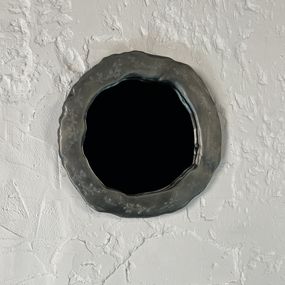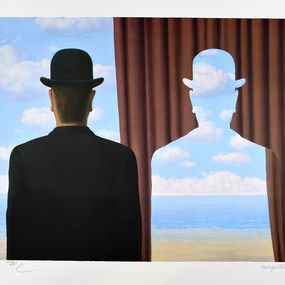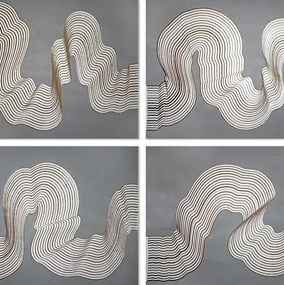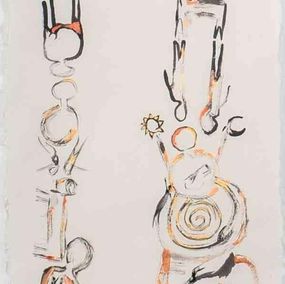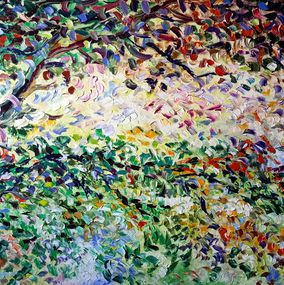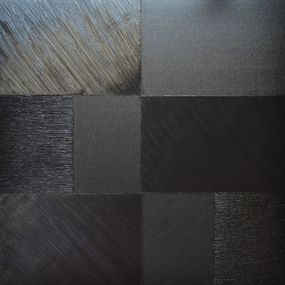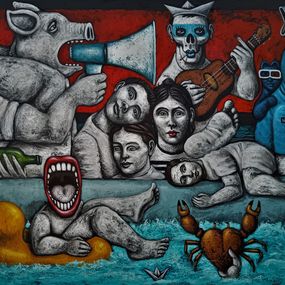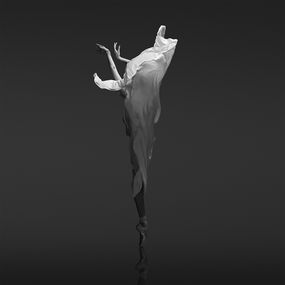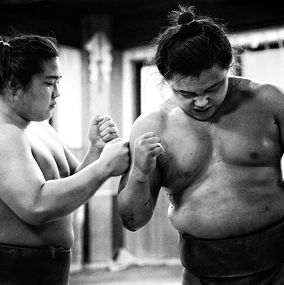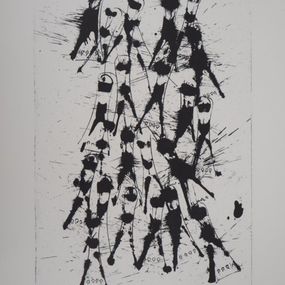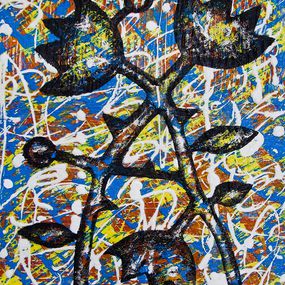
Movement Conceptual Art
Beginning in 1965, Conceptual art is an art movement that prioritises ideas over the visual factors in an artwork. Conceptualism was made up of a variety of art forms and trends, where artists rejected the canon of art history and sought to rewrite it. Artists who associated with the movement alleged that the mere depiction of an artistic idea could be considered a work of art. Conceptualists were heavily intellectual artists, who wanted to change how works of art were judged and, as a result, their works and writings successfully rewrote this period in art history. They were widely accepted by galleries, curators and collectors, despite abandoning traditional concepts such as aesthetic, skill and exclusivity.
Conceptual artists were inspired by Marcel Duchamp's Readymades, which questioned the very idea of what art is, and were also influenced by the extreme simplicity of Minimalism. However unlike Minimalism, Conceptual art didn't need to physically take on an artistic form, it is completely self-referential and ideas alone could be considered artworks. Various art forms were explored in Conceptual art, such as performance, installations, land art and body art. For many Conceptual artists, artworks were created by both the artist and the viewer; although the artist creates the piece, it is the viewer that completes it.
Sol LeWitt's Paragraphs on Conceptual Art (1967) was considered Conceptual art's manifesto. LeWitt claimed that the most important factor in creating Conceptual art isn't its physical aesthetic, but rather the process of establishing an artistic concept or idea.
Joseph Kosuth: one of the central figures in developing idea-based art. His three-part essay, Art after Philosophy (1969), claimed art was self-referential and didn't need to be produced physically.
Sol LeWitt: leader of the Conceptual art movement, LeWitt believed artists should be able to simply think up an artwork and not have to materialise it physically. Although LeWitt's work spanned various art forms such as, painting, sculpture and drawing, he equally produced many Conceptual pieces that were merely ideas.
John Baldessari: a well-known American Conceptual artist, Baldessari famously stated: "I guess a lot of it's just lashing out, because I didn't know how to be an artist, and all this time spent alone in the dark in these studios and importing my culture and constant questions. I'd say, 'Well, why is this art? Why isn't that art?'"
Joseph Beuys: German-American artist who was associated with both the Conceptual art and Fluxus movements. Beuys' portfolio is extremely diverse and he is renowned for his artworks which use animal fat and felt.
No matter the form, choosing your artwork always begins with an idea. However, at Artsper, we know that the process of finding your next work is a big commitment, so here are a few artists to get you started: Orlan, Art Grafts and Christo.
Jarmila Kostliva

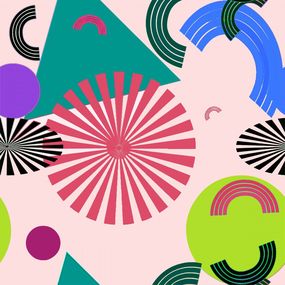

Driving from Santa Fe
Jarmila Kostliva
Photography - 72 x 62 x 0.2 cm Photography - 28.3 x 24.4 x 0.1 inch
$600
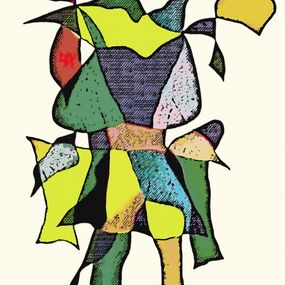
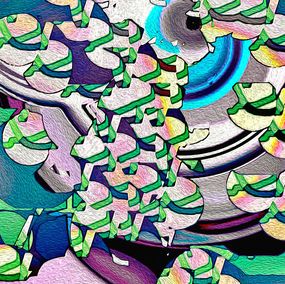



Nevada's Gas Station
Jarmila Kostliva
Photography - 36 x 77 x 0.2 cm Photography - 14.2 x 30.3 x 0.1 inch
$600
Jenny Holzer
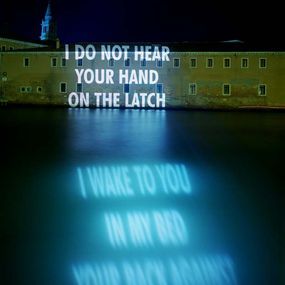
I do not hear your hand
Jenny Holzer
Photography - 50.8 x 40.6 x 0.1 cm Photography - 20 x 16 x 0 inch
Sold
Heidler & Heeps
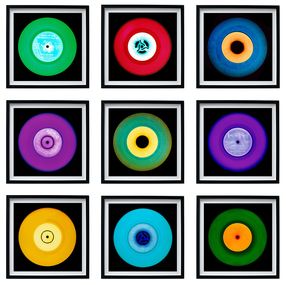
Vinyl collection nine piece multicolour installation
Heidler & Heeps
Photography - 115 x 115 x 0.5 cm Photography - 45.3 x 45.3 x 0.2 inch
$1,788
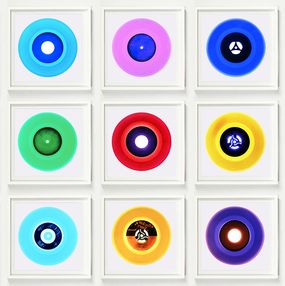
Vinyl collection nine piece B side installation
Heidler & Heeps
Photography - 115 x 115 x 0.5 cm Photography - 45.3 x 45.3 x 0.2 inch
$1,788
Discover the styles & movements



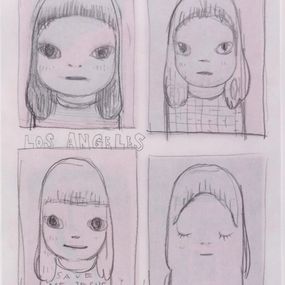
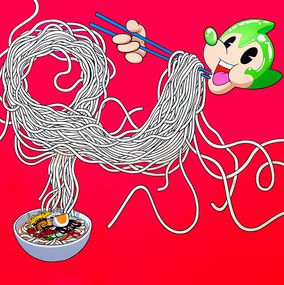




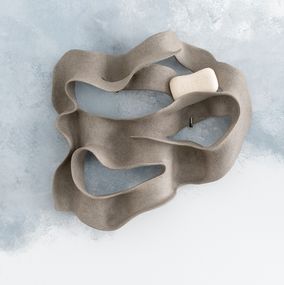

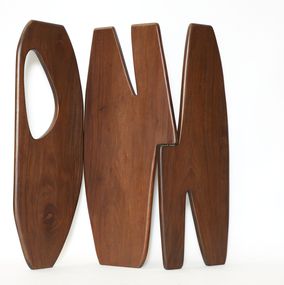










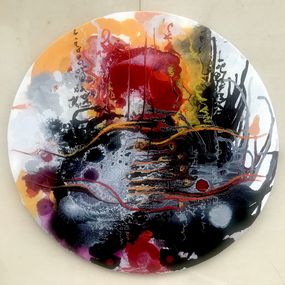




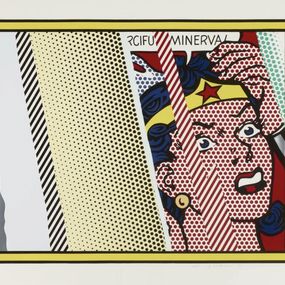

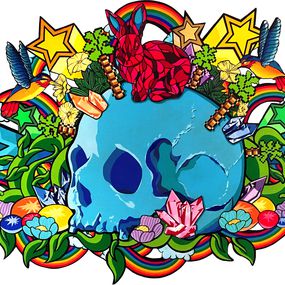
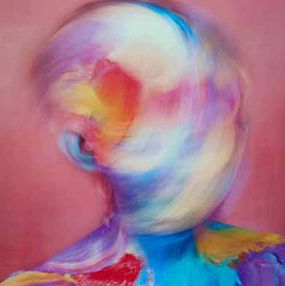
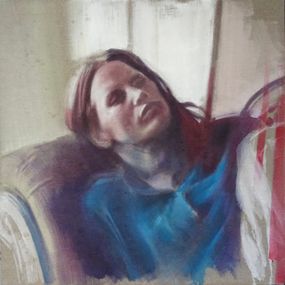

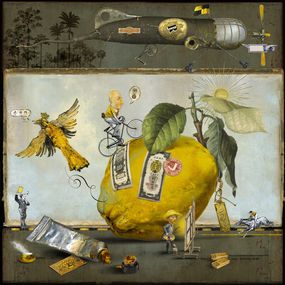
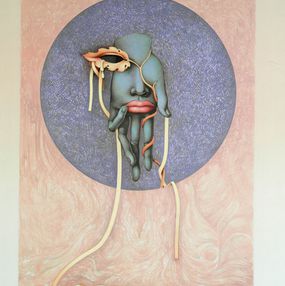
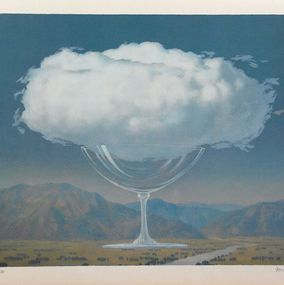
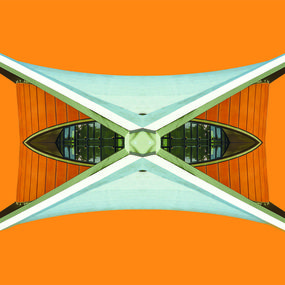


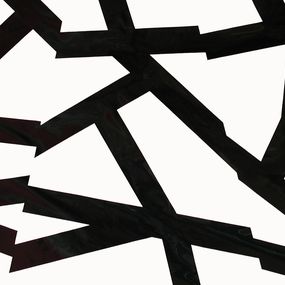
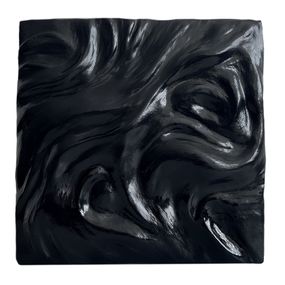

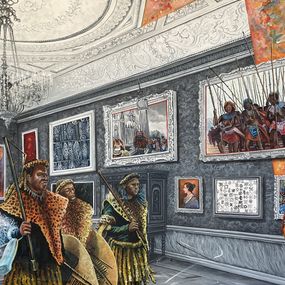
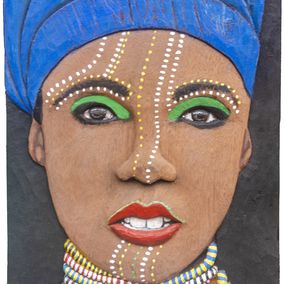
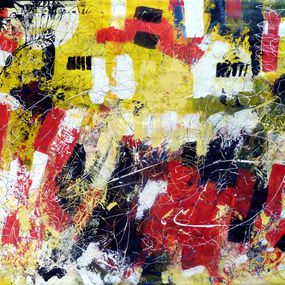
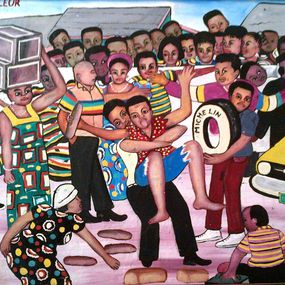

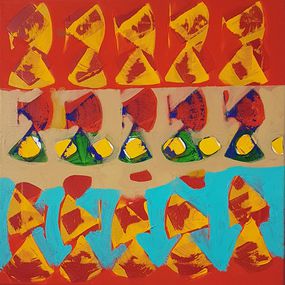
Discover our categories of artists


